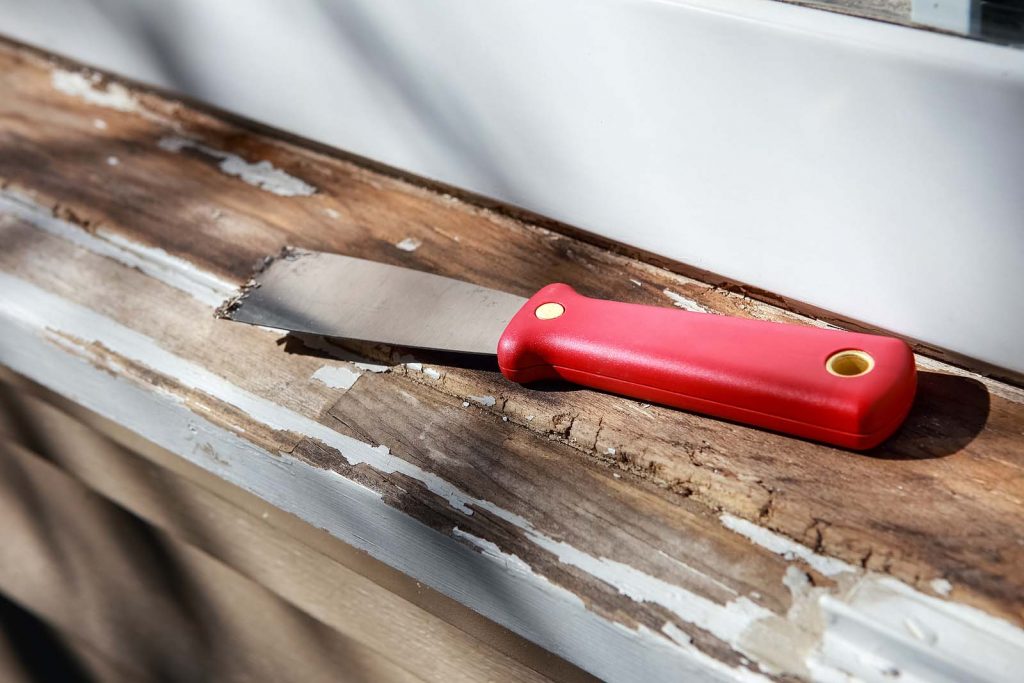
How to Detect and Treat Dry Rot
Dry rot is a tricky enemy to fight for many homeowners. It is a fungus that can cause mildew, mold, staining, or decay in wood and like any fungus, all that’s required is some heat, moisture, dirt, and a dark place to grow. Here are some tips to help you determine whether or not your deck suffers from dry rot and what you should do to prevent it.
- It All Starts With an Inspection
Though it loves the outdoors, dry rot can happen inside the house as well: under sinks, around windows, within shower stalls, on door frames, in the attic. But it often occurs in thresholds between a home’s interior and exterior because it thrives on outdoor structures, such as fencing, wood siding, eaves of roofs, and of course, decking. However, before looking for a solution, you must try to find every trace of it so it doesn’t continue to grow and enter into the home. A licensed professional should be able to conduct a thorough inspection of dry rotting decks, paying special attention to earth-to-wood contact, such as posts and under potted plants. They should also check out your house’s foundation, siding, and interior.
- Identify Whether or Not You are Actually Dealing With Dry Rot
It often appears grayish and covers surfaces in long sheets of mold. But sometimes the wood will simply look dark and decayed. In this case, it’s important to determine if its fungus or pests causing the damage. Sometimes it could be a combination of both since dry rot can attract termites and other wood-eating insects. But often the main problem with dry rotting decks is that you cannot see all the fungus. Therefore it’s a good idea to hire a professional who is trained to detect all areas the disease may be hiding.
- Remove and Replace any Dry Rot Discovered
Portions of the dry rotting deck must be immediately removed and replaced. However, as we’ve said before, you must be able to detect everything. Simply replacing the visually damaged areas won’t do any good if there is an adjacent piece of lumber infected. The disease can spread and immediately contaminate the new installations. So make sure you have a professional who is trained to find the unseen corrosion and immediately substitute it with fresh wood.
- Prevent Dry Rot From Returning
Dealing with dry rot doesn’t end once you remove it. Just because you found it all and replaced the infected pieces doesn’t mean your decking is safe. You have to find out where the source of the problem occurred so it doesn’t happen again. Look for plumbing leaks in and outside the home (especially around hoses and faucets). Inspect your gutter system for proper alignment. Check out your eaves to see if they are correctly installed. Examine the grading of your yard so water won’t collect at the home’s foundation. Also, look to see if your sprinkler system is appropriately placed: maybe it’s hitting the exterior of your house, causing unnecessary over-saturation. Also, keep up with maintenance issues: ensuring the wood is clean from dirt helps to prevent a fertile soil for disease. And make sure to treat your decking with wood preservative to help seal it and keep the moisture out.
- Use Materials to Help Protect Your Deck
Wood rot is a common problem with hardwood decks that have been installed with screws that have been vertically installed right into the decking. People falsely assume that just because a nail or screw fit into a hole, that nothing could also enter that hole. Unfortunately, water is an element that damages wood and is a major reason why mold and mildew are also common problems for wood and composite decks. When it rains on your deck, water tends to accumulate around and seep into screw and nail holes. As the water literally sits in the hole, microorganisms work their magic and rot starts to occur. LivBuildingProducts has a Rot Not Protection Deck System that allows water to run off and away from the deck’s joists and and plank connections so the water doesn’t sit and make the perfect environment for rot. You can also help prevent rot from occurring by using materials like Tiger Claw hidden deck fasteners that don’t swell up or retain water like deck screws do and are specifically designed so that your deck remains durable and sturdy enough to last for years.
So when it comes to protecting your outdoor decking from rot remember to inspect your deck often, detect and determine whether or not you are looking at dry rot, remove it and use products to help prevent it from returning otherwise you could end up having to completely replace what was once a beautiful deck.



